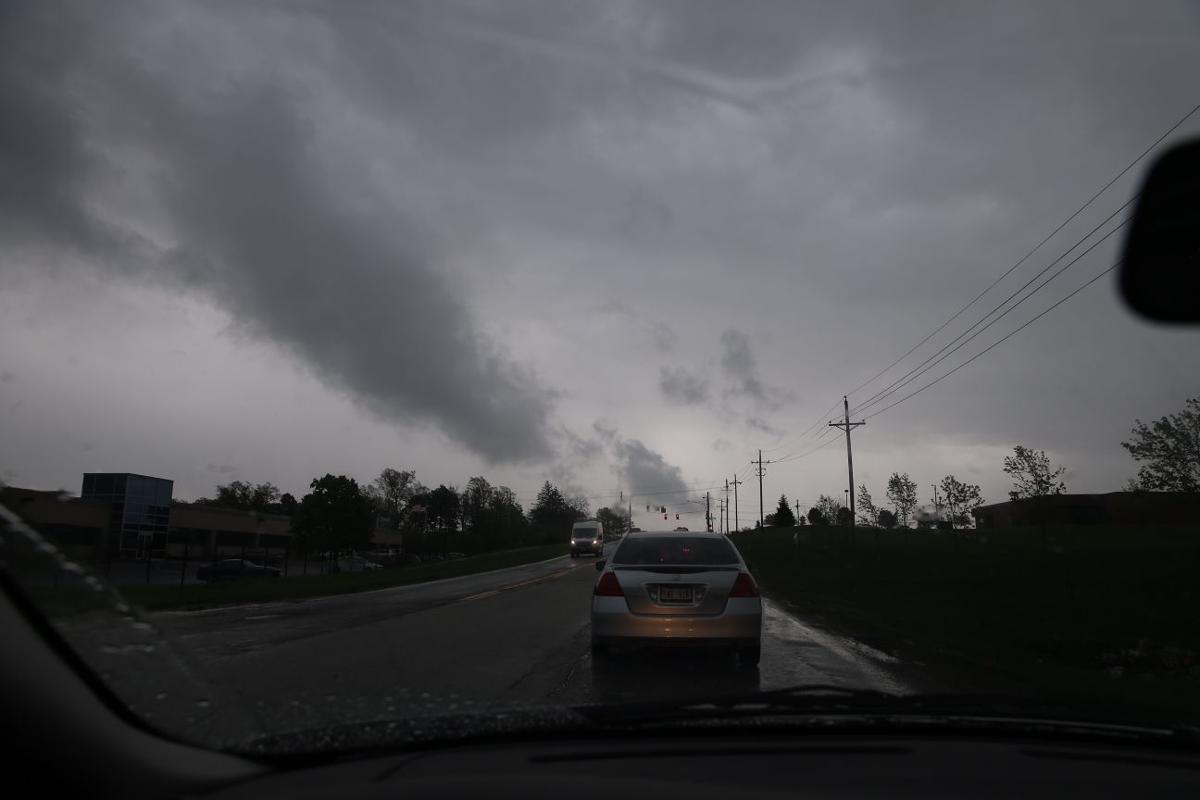
Tornado in Omaha Today: A Comprehensive Overview provides a thorough examination of the meteorological phenomenon that has impacted the city of Omaha. This report delves into the historical context, safety precautions, damage assessment, forecasting systems, community preparedness, research advancements, and mitigation strategies related to tornadoes in Omaha.
With meticulous research and analysis, this report aims to enhance understanding of tornadoes, empower individuals with essential safety knowledge, and contribute to community resilience in the face of these powerful storms.
Current Tornado Situation in Omaha

The National Weather Service (NWS) has issued a tornado warning for the Omaha metropolitan area, effective immediately. Multiple tornadoes have been spotted in the area, and residents are urged to take shelter immediately. The areas most affected by the tornadoes include the central and eastern parts of Omaha, as well as the suburbs of Council Bluffs, Iowa.
Historical Tornado Data for Omaha
Omaha has a history of severe tornado activity. According to the NWS, the city averages about three tornadoes per year. The most common months for tornadoes to occur are May and June. The most destructive tornado in Omaha’s history occurred on May 6, 1975, and caused significant damage to the city’s downtown area.
Tornado Safety Precautions

It is crucial to have a tornado safety plan in place before a tornado strikes. This plan should include identifying safe shelters in your home or workplace, creating an emergency kit, and knowing the evacuation routes for your neighborhood. During a tornado warning, it is important to take shelter immediately in a basement or interior room on the lowest floor of your building.
Stay away from windows and exterior walls.
Tornado Damage Assessment
Tornadoes can cause significant damage to buildings, infrastructure, and the environment. The damage caused by a tornado depends on its intensity, size, and the type of structures in its path. Past tornado damage in Omaha has included destroyed homes and businesses, downed power lines, and uprooted trees.
Tornado Forecasting and Warning Systems
Tornadoes are forecasted using a combination of radar data, weather models, and ground observations. The NWS issues tornado warnings when a tornado is imminent or already occurring. These warnings are disseminated through various channels, including television, radio, and mobile phone alerts.
Tornado warning systems have proven effective in saving lives by providing timely warnings to residents.
Community Preparedness and Response
Local governments and emergency services play a vital role in preparing for and responding to tornadoes. These agencies develop and implement emergency plans, train first responders, and provide public education on tornado safety. Community preparedness initiatives, such as neighborhood watch programs and volunteer organizations, can also enhance community resilience and response capabilities.
Tornado Research and Mitigation
Ongoing research efforts aim to improve our understanding of tornadoes and develop better forecasting techniques. Scientists are also exploring new technologies for tornado mitigation, such as storm shelters and early warning systems. By investing in research and mitigation measures, we can reduce the impact of tornadoes and protect lives.
Epilogue
In conclusion, tornadoes pose a significant threat to Omaha, warranting proactive measures to safeguard lives and property. By staying informed, adhering to safety protocols, and supporting community preparedness initiatives, Omaha residents can mitigate the risks associated with tornadoes and foster a resilient community.
FAQ Explained: Tornado In Omaha Today
What is the average number of tornadoes per year in Omaha?
The average number of tornadoes per year in Omaha is approximately 1.5.
What are the most common months for tornadoes to occur in Omaha?
Tornadoes can occur in Omaha during any month of the year, but they are most common in May and June.
What should I do if I am caught in a tornado warning?
If you are caught in a tornado warning, seek shelter immediately in a sturdy building or underground. Stay away from windows and exterior walls.






